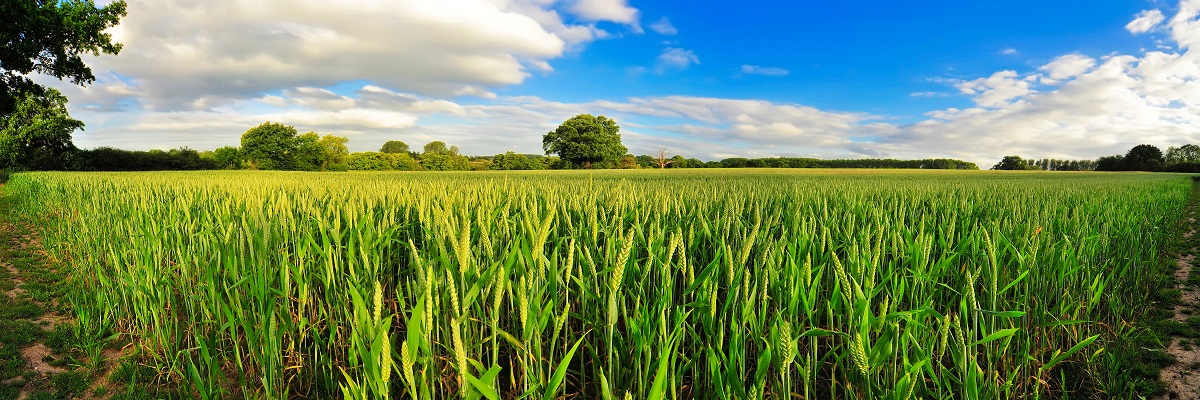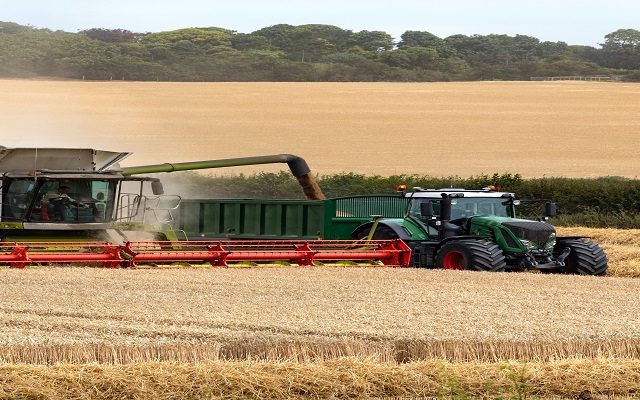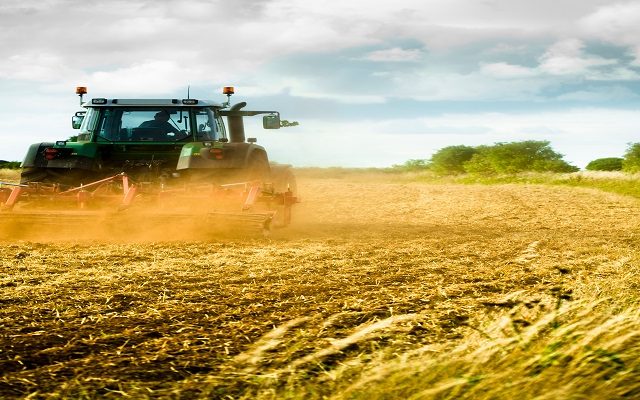In the Know: Arable profitability outlook 2024/25
Our revised harvest 2024 and 2025 arable profitability forecasts show the financial impact of six months of exceptionally wet weather, changes in commodity prices and falling Basic Payments on combinable crop growers.
The figures highlight the need to identify, assess and address the full range of business risks growers are facing, as part of a strategy to shield their businesses from high levels of volatility.
The data suggests that the forecast net margin – which is the equivalent of profit before rent and finance – for an average-performing combinable crops business for harvest 2024 has fallen to £80/ha.
This is 60% lower than in 2023, which itself was a year in which net margins dropped significantly on the previous couple of years because of high input costs.
Although variable costs have fallen considerably this year, mainly due to lower fertiliser prices, income from crop sales is forecast to be down on 2023 levels, due to expected lower yields.
The analysis assumes growers have managed to drill spring crops on any unplanted winter crop area, but in some areas even this has proved impossible and/or growers have chosen to enter more land into schemes like the Sustainable Farming Incentive (SFI).
“The impact of the weather has been felt everywhere, but some areas are clearly worse affected than others and different soil types will also have an impact, so in that sense farm profitability is somewhat of a postcode lottery,” says Jonathan Armitage, Head of Farming for Strutt & Parker.
“Even when applying this ‘best case’ scenario, our analysis points to worryingly low net margins for an average-performing farm for harvest 2024, considering the level of risk involved.
“Our estimated net margin for a higher-performing combinable crops business is much higher at £271/ha – based on the assumption that they will achieve higher yields and with lower fixed costs than the average business. However, this figure is still significantly lower than our 2021 baseline when the net margin was £622/ha.”
Assuming that crop rotations and yields return to more normal levels for harvest 2025, then the net margin is forecast to rise to £214/ha for an average-performing farm and £449/ha for a higher-performing farm.
Implications for management
The estimates highlight the importance of applying the behaviours and attention to detail needed to get into the top 25% of performers.
“Research consistently points to the top-performing businesses being led by, and employing, people who have a mindset which is open to change, an attention to detail, a focus on marginal gains and who are constantly looking for new opportunities,” says Mr Armitage.
“This message is more important than ever in this business environment. So, too, is actively managing risk which is a way for growers to put themselves in the driving seats of their businesses and protect themselves from the worst effects of extreme volatility.”
Strategies for taking risk out of the business include:
Agri-environment schemes: The Sustainable Farming Incentive (SFI) can be valuable in terms of implementing a more active risk management strategy. It allows growers to take out the worst-performing areas, or lowest margin crops within a rotation, and replace them with a fixed return with almost zero risk. While the return may not be as high as that produced by a really good crop, it does avoid the risk of costly losses. Taking this approach should also mean that growers can focus their efforts on the more profitable crops in the rotation, managing them in a more timely fashion to make them even more profitable.
Financial management: The working capital required by farming businesses has risen significantly over the past three years and the costs of machinery and equipment have also risen, so securing favourable terms for funding is a priority. Shopping around for the best deal and getting the right financial structures in place is becoming an increasingly complex process with businesses often needing specialist advice to guide them through the process. Strutt & Parker has a Financial Brokerage service team, with relationships with every major lender in the rural and agricultural sector, who can unlock competitive deals.
Business structures: Higher-performing businesses have lower overhead costs per hectare, which is largely down to lower machinery costs, although their labour, property and administration costs also tend to be lower because resources are being deployed more efficiently. If businesses are reducing their cropped area, they will need to look for ways to reduce their fixed costs with possible solutions including machinery sharing and greater use of contractors or alternative business structures such as a joint venture or a Contract Farming Agreement.
Crop marketing: Other strategies for reducing risk might include taking a different approach to crop marketing to reflect the greater production risks growers are now facing. Spotting opportunities to sell into special markets which deliver a premium is another possibility.
Staff management: Having a staff member unavailable for a long period because of illness or injury can also be incredibly difficult, so some farming businesses are now offering private healthcare as part of their financial package.
Download our full ‘Arable profitability outlook’ for a full breakdown of the figures. This publication forms part of our ‘In the Know’ series where our experts share insight and advice on how farms and estates can improve business resilience, both from an economic and environmental perspective.






